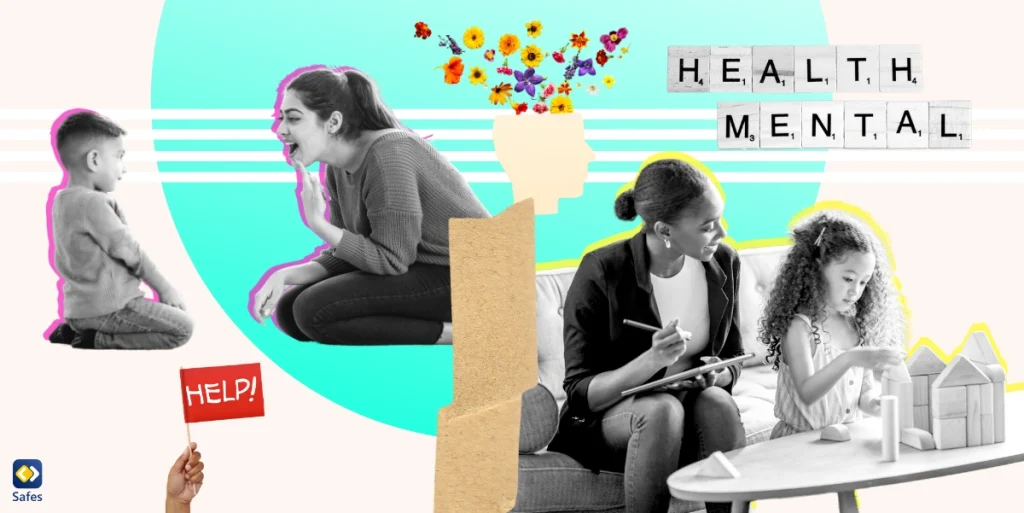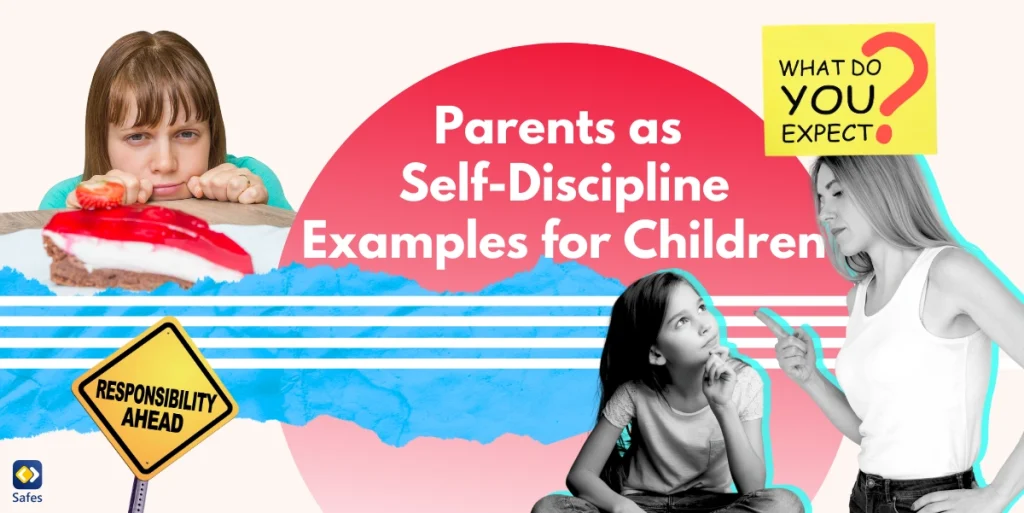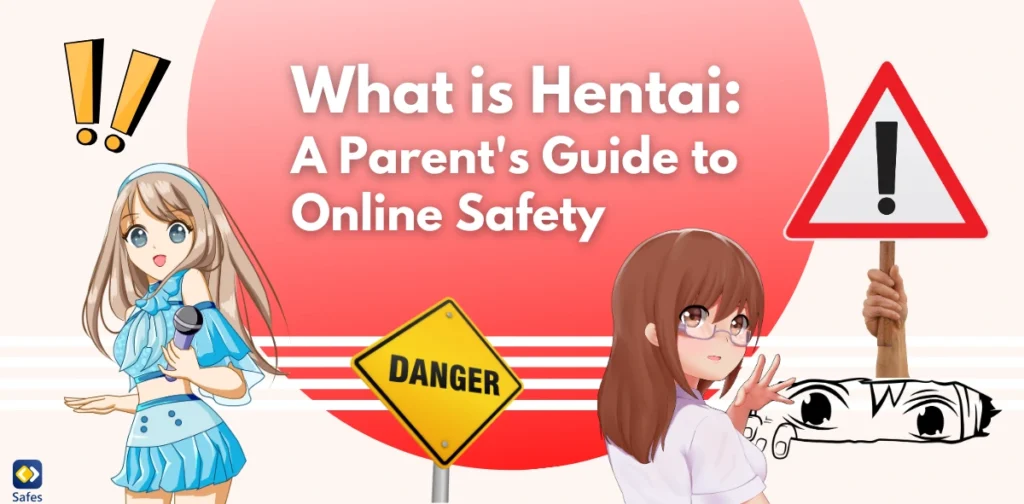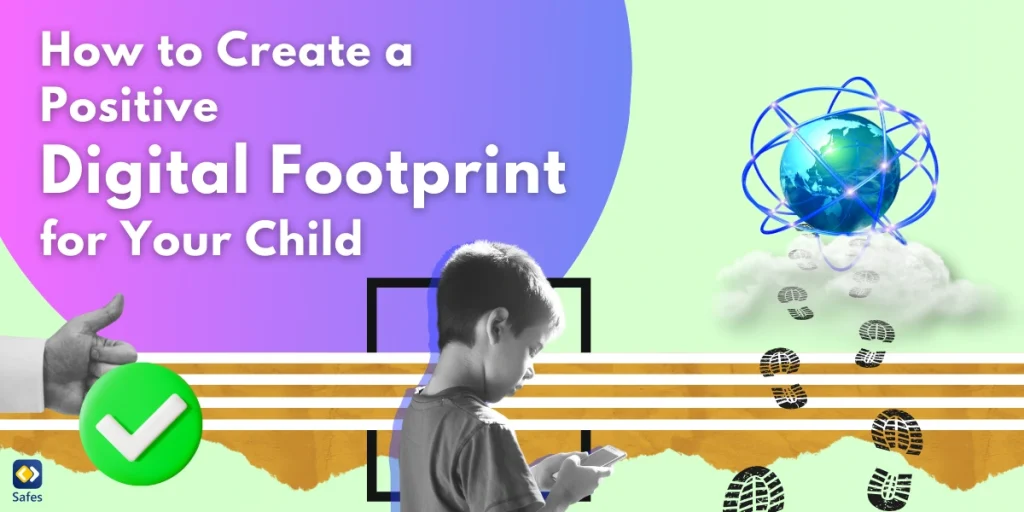Child play therapy is powerful for promoting emotional growth, alleviating distress, and treating various childhood disorders. We’ll explore a variety of treatment approaches designed specifically for a child’s unique needs. We’ll shed light on the principles of Parent-Child Interaction Therapy (PCIT), Child-Centered Play Therapy (CCPT), and various therapeutic activities tailored for your child.
Download and Start Your Free Trial of the Safes Parental Control App
Understanding Child Play Therapy
Child play therapy is a practical psychotherapeutic method that helps your child express their feelings, thoughts, and experiences through play—the natural language of children. Child play therapy offers numerous benefits for children undergoing therapeutic processes. Some of the key advantages include:
- Expanding Self-Expression: Through play, children can express their feelings and emotions that they might find difficult to articulate verbally.
- Increasing Knowledge of Self: Play therapy allows children to explore their thoughts, feelings, and behaviors in a safe environment, thereby enhancing their self-awareness.
- Transferring Ideas into Real Life: The activities and games used in play therapy can help children translate their thoughts and learning into real-life situations, facilitating better coping mechanisms.
- Problem-Solving: Play therapy can also develop problem-solving skills, helping children to navigate their difficulties and challenges more effectively.
- Relieving Stress: Participating in play can have a calming effect on children, helping to alleviate their stress and anxiety.
- Enhanced Understanding: Trained therapists can gain valuable insights into a child’s problems through their play, facilitating more targeted therapeutic interventions.
Therapeutic Activities for Children in Therapy
Child therapy often involves various therapeutic activities to help children express their emotions, enhance their social skills, and improve their coping mechanisms. These activities may include art-based activities, sand play therapy, and storytelling, each with unique benefits and objectives.
The Integral Role of Parents in Child Therapy
Parental involvement in child therapy is crucial for the child’s therapeutic journey. Parents can enhance their child’s therapy outcomes by actively participating in sessions, implementing therapeutic strategies at home, and providing an emotionally supportive environment.
[Child at a child play therapy center playing under the supervision of a child play therapy professional” width=”1200″ height=”600″ />
The Role of Child Play Therapy Centers
Child play therapy centers are critical in providing a nurturing environment for therapy. These centers offer various services, including individual, group, and family therapy. They are staffed by trained therapists who specialize in child play therapy.
What Happens During a Child Play Therapy Session?
During a child play therapy session, the child is provided with a safe and comfortable environment where they can freely express themselves through play. The therapist observes the child’s actions, behaviors, and interactions with toys and other play materials. This play often symbolizes the child’s experiences or emotions that may be difficult to verbalize. The therapist may take a non-directive approach, allowing the child to lead the play, or a directive approach, guiding the child toward specific activities. The therapist seeks to understand the child’s world, provide emotional support, and help the child develop healthier coping mechanisms, social skills, and self-awareness.
Therapeutic Approaches Used
Different therapeutic approaches are used at a play therapy center, each tailored to the child’s unique needs. These include:
Child-Centered Play Therapy (CCPT): This non-directive approach allows children to lead the play session, with the therapist providing unconditional positive regard, empathetic understanding, and genuineness.
Directive Play Therapy: The therapist directs the play with specific goals in mind, introducing certain toys or activities to help the child address specific issues or behaviors.
Cognitive-Behavioral Play Therapy (CBPT): This approach uses play to help children understand and change their thoughts and behaviors.
Filial Therapy: Parents are directly involved in this type of therapy, learning how to use play as a means to communicate with their children.
Types of Professionals Involved
Play therapy centers are staffed by a range of professionals, including:
Play Therapists: These are the primary professionals trained in therapeutic play techniques and child psychology.
Psychologists: They provide assessments, diagnoses, and sometimes also conduct therapy sessions.
Social Workers: They offer support to families, connecting them with resources and helping them navigate the therapy process.
Occupational Therapists: They assist children with physical, sensory, or cognitive disabilities to improve their motor skills and overall functioning through play.
Goals and Outcomes of Therapy Sessions
The goals of play therapy sessions vary based on each child’s individual needs but may include:
Improving Communication: Play therapy helps children express their thoughts and feelings in a safe, non-threatening way.
Building Coping Skills: Through play, children learn to manage stress and deal with difficult emotions.
Enhancing Social Skills: The therapy environment encourages interaction, helping children build better social skills.
Resolving Trauma: Play therapy can help children process traumatic events and reduce symptoms of post-traumatic stress.
Finding the Right Child Play Therapy Center
Choosing the right child play therapy center is crucial for your child’s therapeutic journey. When selecting a center, consider factors such as the credentials and expertise of the therapists, the center’s approach to therapy, and whether it provides a supportive and collaborative environment.
Read about 8 best online therapy programs for kids on Medical News Today.
Safes Parental Control App: Fostering Digital Safety for Children
The Safes parental control app can serve as a valuable tool for you in the era when your child is increasingly exposed to online threats. Safes allows you to monitor your child’s online activities, block inappropriate content, and set screen time limits, promoting a safer and healthier digital environment for your child.
Safes offers both free and paid plans fitting different budgets and needs. So, feel free to download it from our website, App Store, or Google Play. Also, Make sure you read the links below to learn how to set parental controls on all major platforms effectively:
Start your 14-day free trial of Safes today to explore premium features without the need for a credit card.
Final Thoughts on Child Play Therapy
Child play therapy is a valuable tool in promoting emotional growth and healing in your child.
By motivating your child to engage in therapeutic activities and becoming an active participant in their therapy, you can certainly boost their treatment outcomes. Each child is wonderfully unique, and it’s important to discover the therapy approach that best caters to their individual needs and promotes their well-being.
Your Child’s Online Safety Starts Here
Every parent today needs a solution to manage screen time and keep their child safe online.
Without the right tools, digital risks and excessive screen time can impact children's well-being. Safes helps parents set healthy boundaries, monitor activity, and protect kids from online dangers—all with an easy-to-use app.
Take control of your child’s digital world. Learn more about Safes or download the app to start your free trial today!




